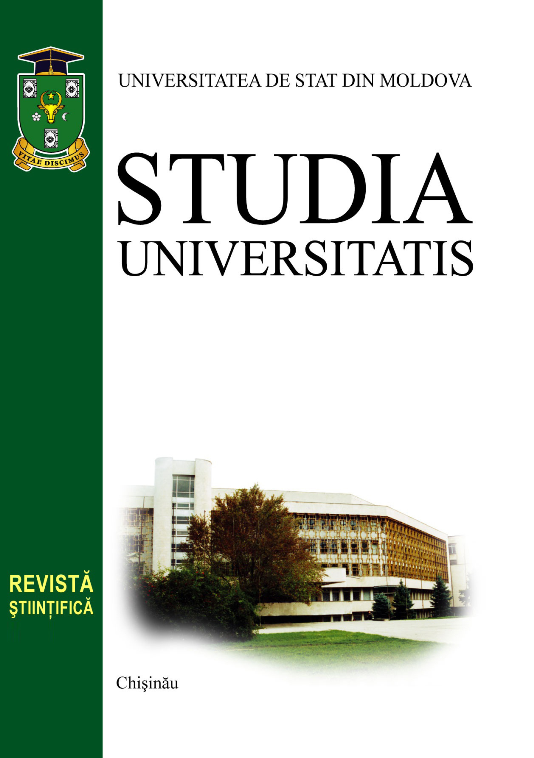STUDIUL BIOLOGIC ȘI COMPOZIȚIA CHIMICĂ A ULEIULUI VOLATIL LA SPECIA MONARDA FISTULOSA L.
Maricica COLȚUN, Elvira GILLE*, Radu NECULA(*)**, Valentin GRIGORAȘ Grădina Botanică Națională (Institut) „Alexandru Ciubotaru” *INCDSB/Centrul de Cercetări Biologice „Stejarul” din Piatra-Neamţ (România) **Universitatea „Al.I. Cuza”din Iași (România)
Abstract
BIOLOGICAL STUDY AND CHEMICAL COMPOSITION OF MONARDA FISTULOSA L. ESSENTIAL OIL
The importance and the identity of aromatic plants are reflected by the chemical composition of essential oils, which are used for various purposes. The biosynthesis of these substances determines the characteristic features of each plant species, which depends on genetic factors and pedoclimatic factors. They influence the quality as well as the proportion in which the chemical components are found in oil.
This paper, written in collaboration with our colleagues from the "Stejarul" Biological Research Centre (Piatra Neamț, Romania), is focused on a study on the chemical composition of the essential oil, prepared from Monarda fistulosa L., commonly known as wild bergamot or bee balm, a perennial herbaceous species. In many European countries, Monarda fistulosa has been cultivated for a long time as spice and aromatic plant. In the Botanical Garden, it has been studied as an aromatic plant, which is rich in biologically active substances and is a great source of essential oil. Plants develop successfully in warm and humid climate, as well as in relatively harsh climatic conditions. Monarda fistulosa contains Vitamin C (29,3%), B1 and B2. Monarda essential oil possesses bactericidal and anthelmintic properties. As a spice, bee balm is used in the production of vermouth and can be added to meat dishes. The plants have a pleasant smell, similar to bergamot orange.
Keywords: plant, essential oil, components, chromatography, antioxidant compounds.


